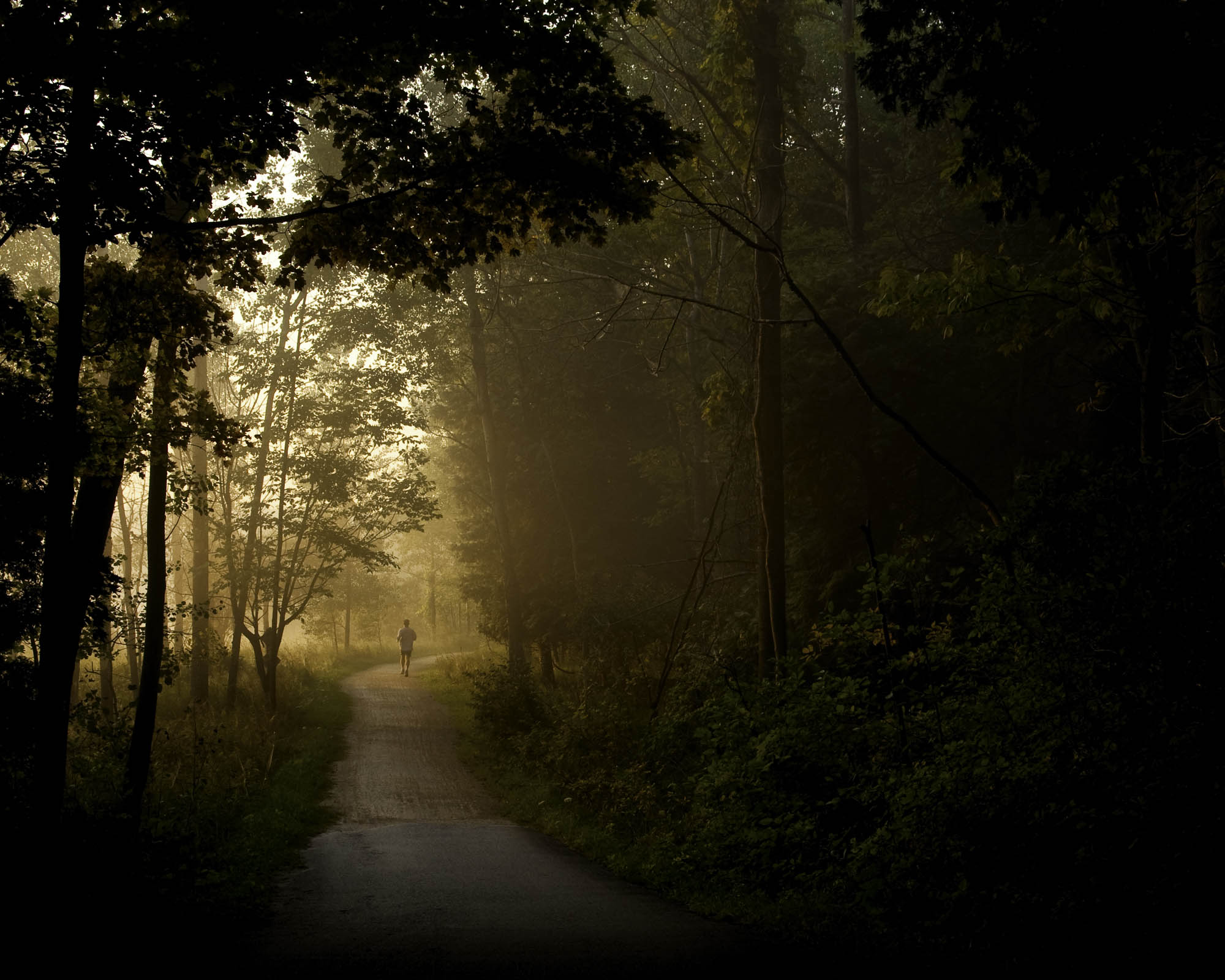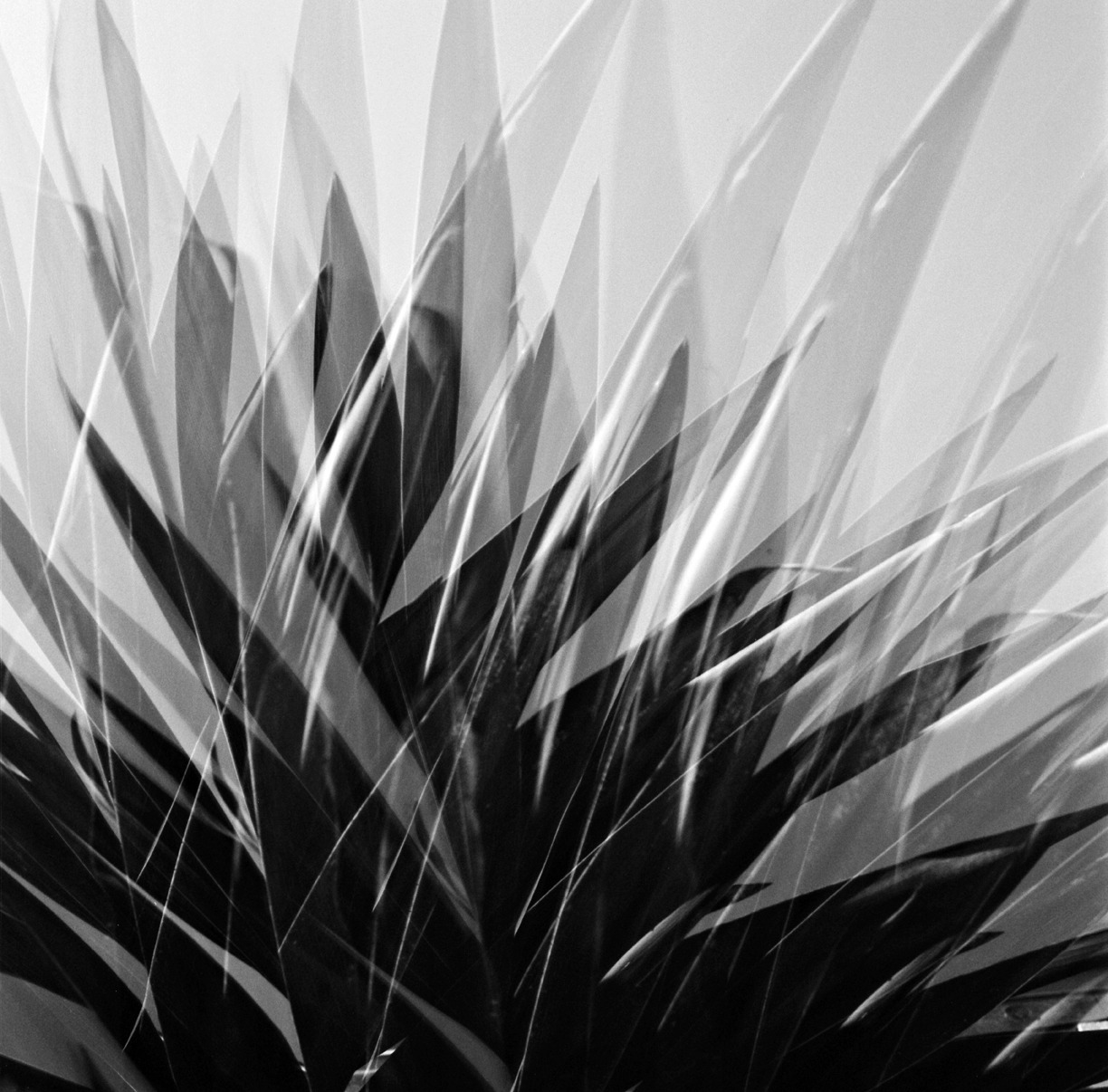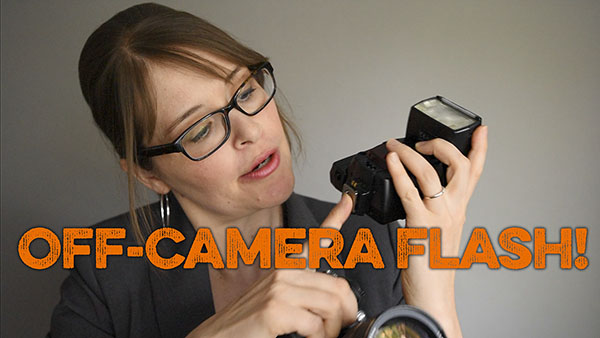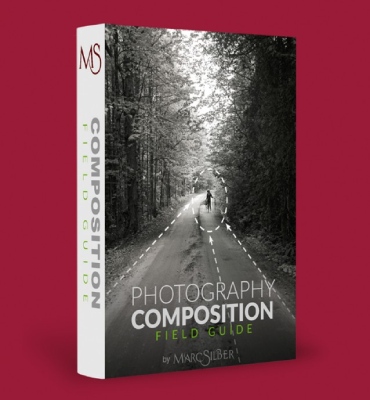I had a very enlightening talk with Ken Rockwell this afternoon about focusing in on composition. He said that whereas painters have rules they go by, their objective is to put elements into the painting, building on each for the overall composition; photography on the other hand is more about taking things out of the shot. But then how do you arrive at a really powerful shot?
We got into this discussion by talking about my interview with Chase Jarvis, Ken mentioned that he had posted a reference to his iPhone shots, “he can get better shots with it than all the expensive equipment many photographers use, or get hung up on. What makes him so able to see and shoot those shots?”
He said it would be insightful to have photographers talk about why they took the shot, how they came to compose it, what made it a strong shot. This of course brings up Edward Weston’s definition of composition as “the strongest way of seeing.” Oxford defines strong as powerfully affecting the mind, senses or emotions; intense; clear or prominent; distinctive. I think we agree that a strong photograph has those qualities, but exactly how do you get there?
Ken went on to say that there are some rules, for example, you can have out-of-focus elements in the background and this works, but it’s confusing to the eye to have out-of-focus foreground. Strong contrasts of light and contrasting elements work too. Edge burning of the print works. But what about getting these points (and many more) all together in one place? He said, “There are books and resources about the technical aspects of photography and there are books showing photographers work, but no one has really put together a good resource for composition.” This struck me as important questions to add to interviews on my Photo Show, “how do you compose your shots? Can you take us through the process step by step?”
I can hear the protests –”you’re trying to make the art of photography too clinical”– but if it has been done with painting, why not with photography?
So Ken, thank you for helping me to see how answering this question for our viewers would be an essential addition to the mission of Photo Show: Learning how to express your strongest way of seeing, week by week and shooting in between. What do think?





[…] Ken Rockwell's tips for improving photo composition […]
I subscribed Ken Rockwell’s RSS Feed about a year ago, I share some of the opinions he so “cruelly” expresses and appreciate the amount of work he does so useful to all of us. Thank you Ken!
I have 3 advices for good composition:
Practice, shoot as often as you can
Take time and really see through the lens, not at home in your computer
Read about it, Freeman’s “The Photographer’s Eye” is an excellent book to get you on the rigt track
I subscribed Ken Rockwell’s RSS Feed about a year ago, I share some of the opinions he so “cruelly” expresses and appreciate the amount of work he does so useful to all of us. Thank you Ken!
I have 3 advices for good composition:
Practice, shoot as often as you can
Take time and really see through the lens, not at home in your computer
Read about it, Freeman’s “The Photographer’s Eye” is an excellent book to get you on the rigt track
When I was growing up in the 40s and 50s, I was mentored by Bill Belknap. He told me there were only two things which could be taught about photography. After that, it was all practice.
1. The picture is not in the camera. The picture is behind your eyeballs.
2. You have to teach YOUR camera to see what YOU see.
We then proceeded to go out and shoot pictures.
Pops
When I was growing up in the 40s and 50s, I was mentored by Bill Belknap. He told me there were only two things which could be taught about photography. After that, it was all practice.
1. The picture is not in the camera. The picture is behind your eyeballs.
2. You have to teach YOUR camera to see what YOU see.
We then proceeded to go out and shoot pictures.
Pops
You’re asking the most pertinent question of all. I’ve gotten over gadget-itis pretty quickly, and that has me hungry for a deeper understanding of composition and lighting techniques. I think the question “how do you compose your shots? Can you take us through the process step by step” is unspeakably more important than all the techie crap published on most photo sites.
You’re asking the most pertinent question of all. I’ve gotten over gadget-itis pretty quickly, and that has me hungry for a deeper understanding of composition and lighting techniques. I think the question “how do you compose your shots? Can you take us through the process step by step” is unspeakably more important than all the techie crap published on most photo sites.
Ken is always stright to the point, one of the reasons I spend so much time on his site……thanks
Ken is always stright to the point, one of the reasons I spend so much time on his site……thanks
Love Ken’s brutality … Manufacturers prob’ly don’t want him publishing half the things … I tried taking photos using every Nikon DSLR since the D100 (previously with a lot of Canons since the T70) and never got it right 99.9% of the time … I dwelled too much on technicality … now I get great shots with a D90 and 1 lense after ignoring all the pro advice and training I have got … Thanks guys
Love Ken’s brutality … Manufacturers prob’ly don’t want him publishing half the things … I tried taking photos using every Nikon DSLR since the D100 (previously with a lot of Canons since the T70) and never got it right 99.9% of the time … I dwelled too much on technicality … now I get great shots with a D90 and 1 lense after ignoring all the pro advice and training I have got … Thanks guys
As a fine art photographer, composition is pretty much everything. A well composed shot is much easier to play with in post since all of the necessary elements are already in place.
For me I utilize vignetting and various effects to focus attention. I try to have a main element that is the subject of the image. From there the post work is used to draw in the eyes. If you ever have an open slot for an interview, I’d be happy to discuss my techniques.
Thanks for a great blog!
As a fine art photographer, composition is pretty much everything. A well composed shot is much easier to play with in post since all of the necessary elements are already in place.
For me I utilize vignetting and various effects to focus attention. I try to have a main element that is the subject of the image. From there the post work is used to draw in the eyes. If you ever have an open slot for an interview, I’d be happy to discuss my techniques.
Thanks for a great blog!
I agree wholeheartedly with Paul. I would love to see the big picture and what they chose to photograph out of it. Someone has got to have published a book like that out there.
I agree wholeheartedly with Paul. I would love to see the big picture and what they chose to photograph out of it. Someone has got to have published a book like that out there.
Ken Rockwell is very opinionated ( a good thing) He is very refreshing and always interesting. You don’t have to agree with him and that’s ok. I think what makes him popular is that a lot of everyday photogs can related to him.
Ken Rockwell is very opinionated ( a good thing) He is very refreshing and always interesting. You don’t have to agree with him and that’s ok. I think what makes him popular is that a lot of everyday photogs can related to him.
I know I couldn’t resist putting that in!
I know I couldn’t resist putting that in!
I think those are good questions….would love to know how your interviewees answer them.
That video clip was great…..caught me of guard 🙂
I think those are good questions….would love to know how your interviewees answer them.
That video clip was great…..caught me of guard 🙂
Having just read two books that deal, in part, with composition (Freeman’s “The Photographer’s Eye” and McNally’s “Hot Shoe Diaries”) what I found myself wishing the authors had included were wide-angle shots taken at or near the same time and from the same location as the photographs they put in their books. To be fair, both authors occasionally show other related shots of some subject taken before they got the one they were looking for, but I can’t help but think a book that shows what was available (in front of the photographer) and what they actually chose to photograph (i.e., what they chose to include/exclude) along with their explanation of the thought process they were going through would be immensely helpful — far more helpful than just showing the “finished product.”
Having just read two books that deal, in part, with composition (Freeman’s “The Photographer’s Eye” and McNally’s “Hot Shoe Diaries”) what I found myself wishing the authors had included were wide-angle shots taken at or near the same time and from the same location as the photographs they put in their books. To be fair, both authors occasionally show other related shots of some subject taken before they got the one they were looking for, but I can’t help but think a book that shows what was available (in front of the photographer) and what they actually chose to photograph (i.e., what they chose to include/exclude) along with their explanation of the thought process they were going through would be immensely helpful — far more helpful than just showing the “finished product.”